Mushrooms, a captivating segment of the fungal kingdom, are more than just intriguing shapes sprouting from the earth—they are crucial ecological players. From decomposing organic matter to forming symbiotic relationships with plants, mushrooms facilitate essential processes in our ecosystems.
Mushrooms start their life as microscopic spores, often invisible to the naked eye. Unlike plants that sprout from seeds, mushrooms begin from these spores, which scatter across various substrates to give rise to new fungal colonies. The life cycle of a mushroom is a complex process that includes several stages, from spore dispersal and germination to the growth of intricate networks of hyphae, which eventually culminate in the formation of a fruiting body—the part of the mushroom most are familiar with.
Understanding the mushroom life cycle enhances our appreciation of these fascinating organisms and highlights their importance in nature. It reveals the underlying complexities of fungal reproduction and growth and the delicate balance they maintain within ecosystems.
Basic Biology of Mushrooms
Unlike plants, fungi do not perform photosynthesis; instead, they absorb nutrients from their surroundings through mycelium, a thread-like structure network that penetrates the growing substrate. Fungi are incredibly diverse, ranging from single-celled yeasts to the large, complex structures of mushrooms. Mushrooms vary widely in colour, shape, and size, depending on their species and environmental conditions. Some are edible and sought after for their flavour and nutritional value, while others are toxic and can be deadly.
The cell walls of fungi are unique because they are made of chitin, a robust and flexible compound also found in the exoskeletons of insects. This structural difference is one of many that sets fungi apart from plants, which use cellulose in their cell walls. Internally, fungi are composed of hyphae, small tubes filled with cytoplasm and nuclei. These hyphae grow and intertwine to form the mycelium, which can spread extensively underground or within whatever substrate the fungus is growing on.
Mushrooms reproduce sexually and asexually, depending on their species and environmental conditions. In sexual reproduction, two compatible hyphae from different mycelia merge to exchange genetic material, eventually forming a fruiting body that will produce spores. Asexual reproduction, on the other hand, occurs through spore production and dispersion without genetic recombination, allowing fungi to colonize available habitats rapidly.

The Mushroom Life Cycle: A Detailed Look
Spore Production
The life cycle of a mushroom begins with spore production. Spores, which are analogous to seeds in plants, are produced in vast numbers within the mushroom's fruiting body. Depending on the species, these spores are formed under the cap, within gills, pores, or other specialized structures. Each spore is a potential starting point for a new fungal colony, equipped with a genetic blueprint to develop into a mature fungus under favourable conditions.
Germination of Spores
Once released, spores disperse through the environment—carried by wind, water, or animal vectors—to find a suitable substrate to germinate. Germination is triggered by optimal environmental conditions such as moisture and temperature. When a spore lands in an appropriate setting, it absorbs water and nutrients, beginning to grow by extending a tube-like structure called a germ tube, which develops into hyphae.
Mycelium Development
As hyphae grow, they branch and fuse, forming a complex, interconnected network called mycelium. This mycelium is the primary growth phase of the fungus, during which it remains primarily hidden within the substrate (soil, wood, etc.). The mycelium can break down complex organic materials, absorbing nutrients essential for growth. This network can remain dormant when conditions are unfavourable and resume growth when conditions improve.
Formation of the Fruiting Body
The most visible phase of the mushroom life cycle is forming the fruiting body, which emerges from the mycelium. This occurs when the mycelium has gathered sufficient nutrients and suitable environmental conditions such as humidity and temperature. The fruiting body, which is what we commonly identify as the mushroom, is primarily a reproductive structure. It develops rapidly, often appearing overnight, and is composed of a stalk and a cap, which may contain gills, tubes, or teeth under its surface, depending on the species.
Spore Release and Dispersal
The final stage in the mushroom life cycle is the release and dispersal of spores, which occurs once the fruiting body has matured. Spores are released in various ways, often involving intricate natural mechanisms. Some mushrooms eject spores using built-up water vapour pressure, while others rely on external forces such as wind or animal interactions. After spores are dispersed, they land in new locations where they can germinate and begin the life cycle anew, continuing the survival and propagation of the fungal species.

Importance of Mushrooms in Ecosystems and Human Use
Mushrooms are indispensable to ecosystem functionality. They decompose organic matter, recycling nutrients that are vital for other organisms. Mycorrhizal mushrooms form symbiotic relationships with plants, enhancing their uptake of water and nutrients, which is crucial for the health of forests and other ecosystems. Moreover, mushrooms contribute to soil structure and fertility, influencing water dynamics and plant growth.
Beyond their ecological value, mushrooms have significant human uses. They are a food source, rich in vitamins, minerals, and proteins. Some species have medicinal properties, offering antibacterial and antiviral benefits, which are harnessed in pharmaceuticals. Mushrooms also hold potential in bioremediation, known as mycoremediation, where they detoxify environments contaminated with pollutants like pesticides and heavy metals.
The Life Cycle of Mushrooms
Throughout this exploration of the mushroom life cycle, we've uncovered the intricate processes that drive their growth and reproduction and their critical roles in ecosystems. Mushrooms are fascinating biological entities and essential ecological players contributing to nutrient cycling, plant health, and biodiversity. Their value extends into human realms, offering nutritional, medicinal, and environmental remediation benefits.
Understanding the life cycle of mushrooms enhances our appreciation of these organisms and highlights the importance of their conservation. By recognizing their roles and the threats they face, we can better support the fungi that contribute so profoundly to ecological health and human well-being. This knowledge compels us to advocate for practices and policies that protect and sustain mushroom populations, ensuring they continue to thrive for generations.

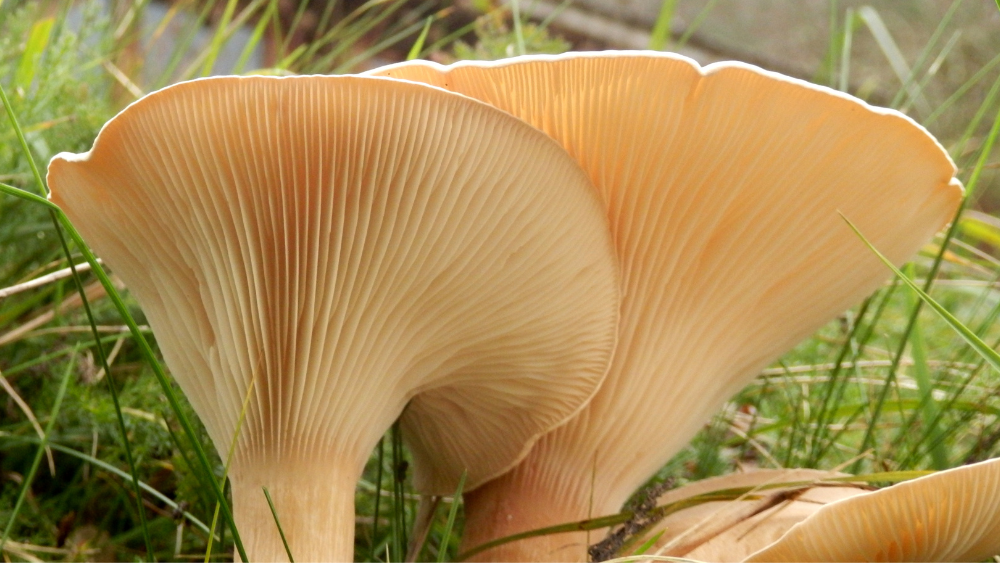
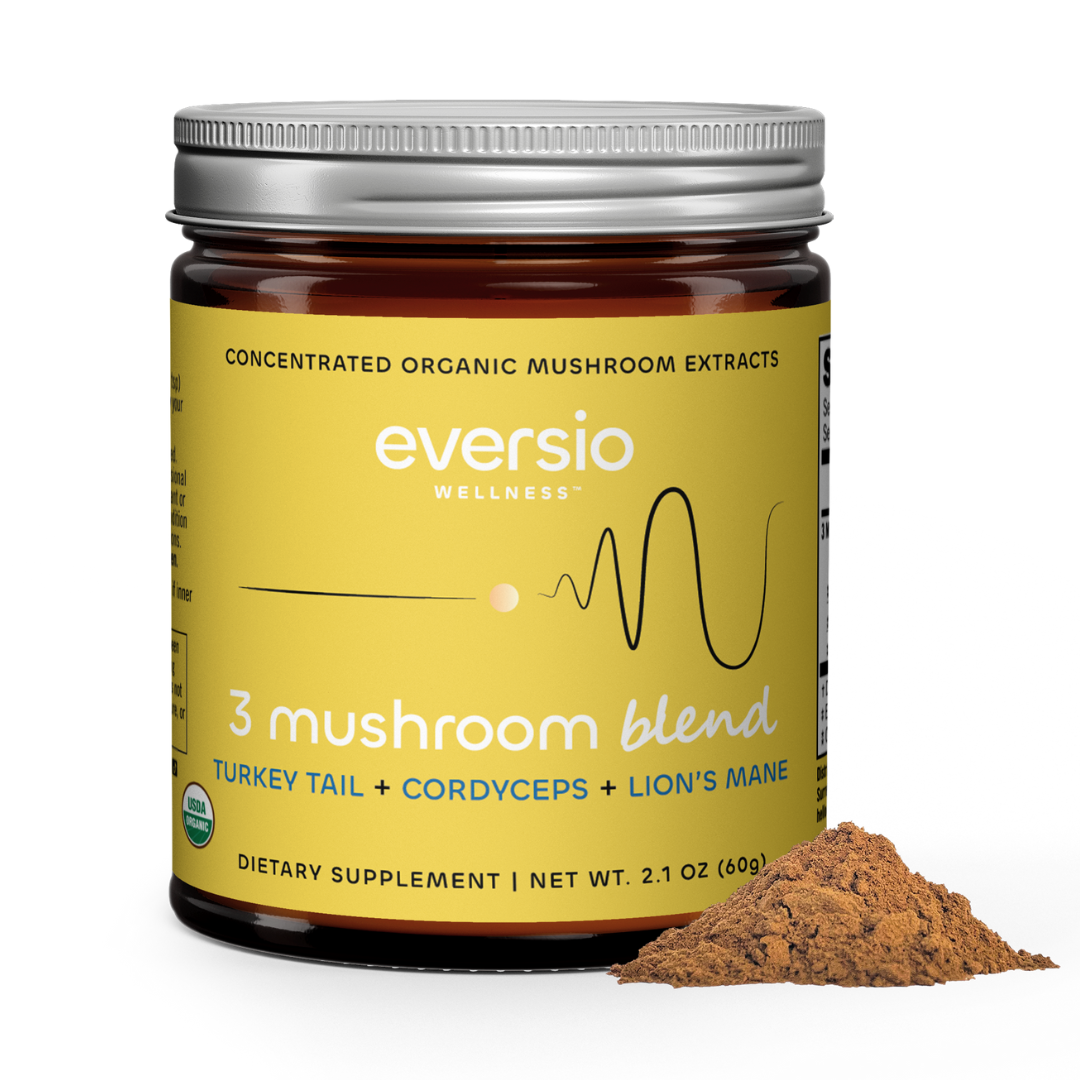
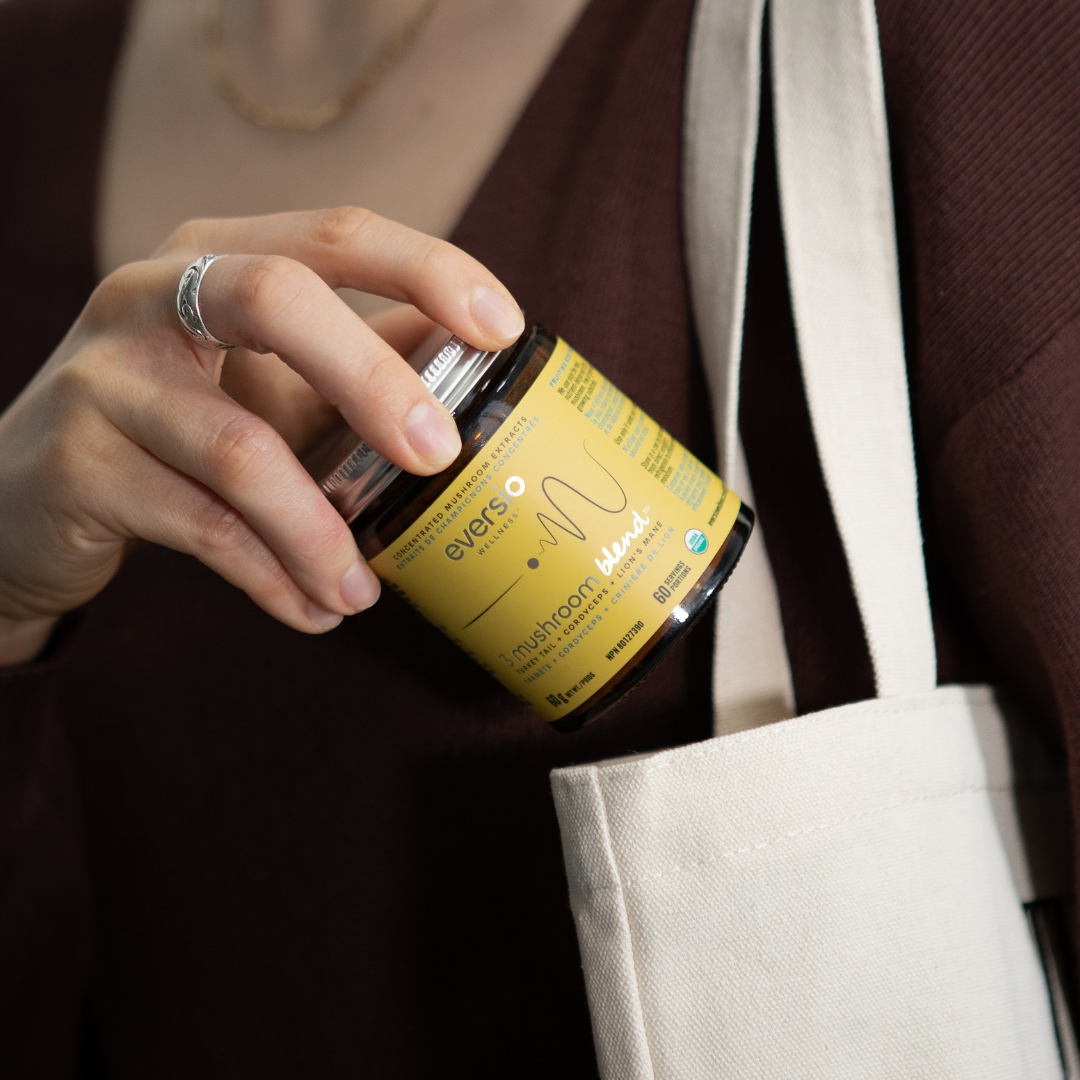

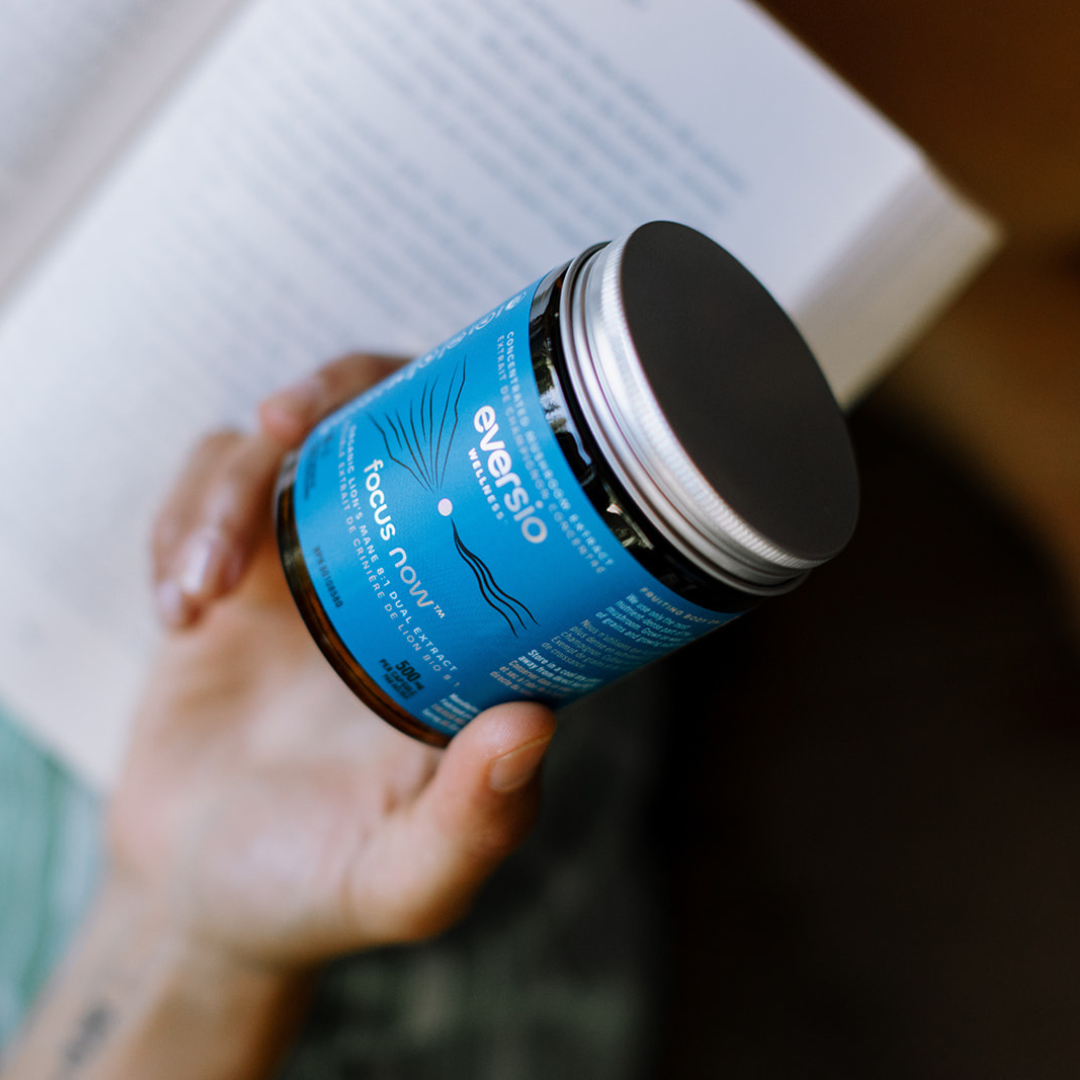
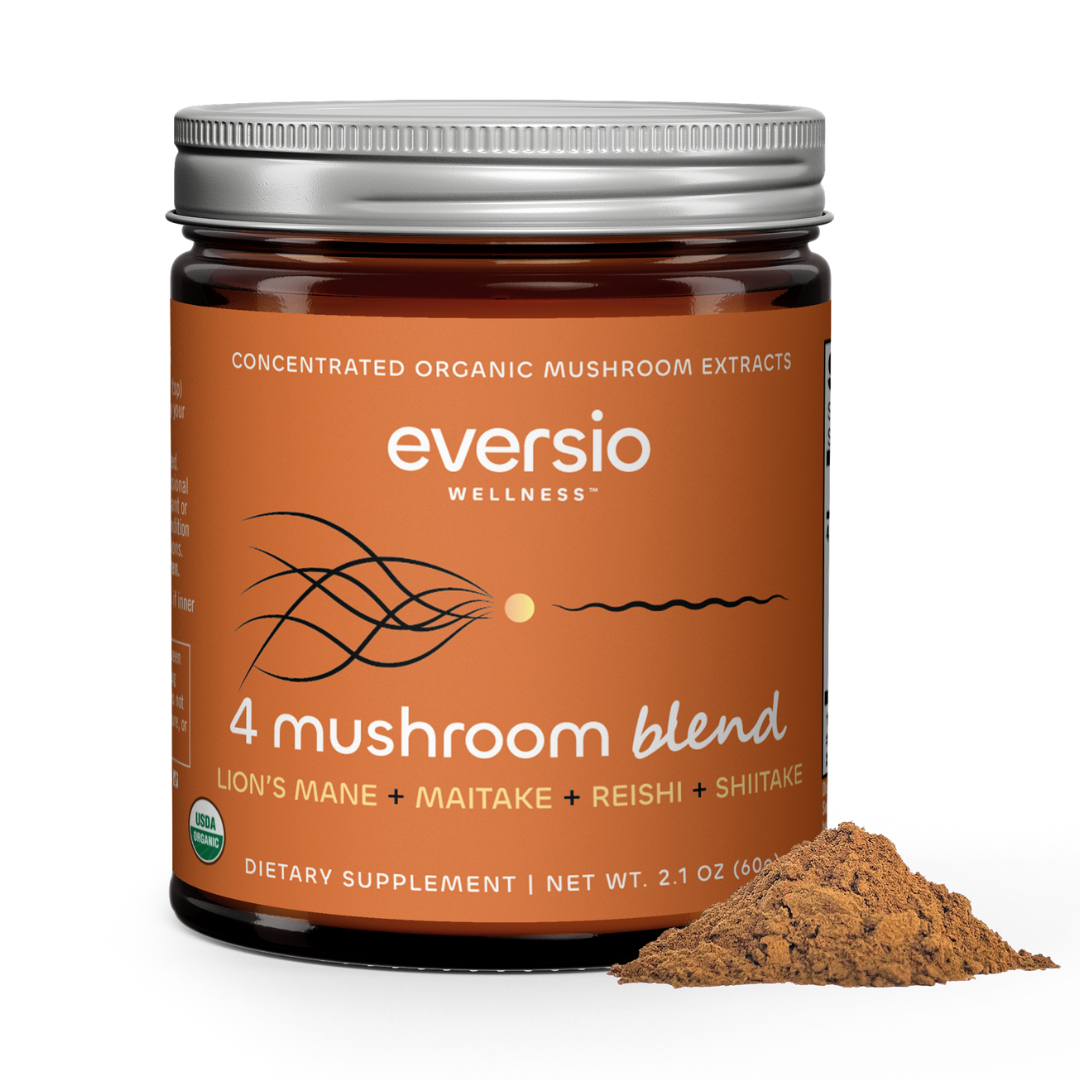


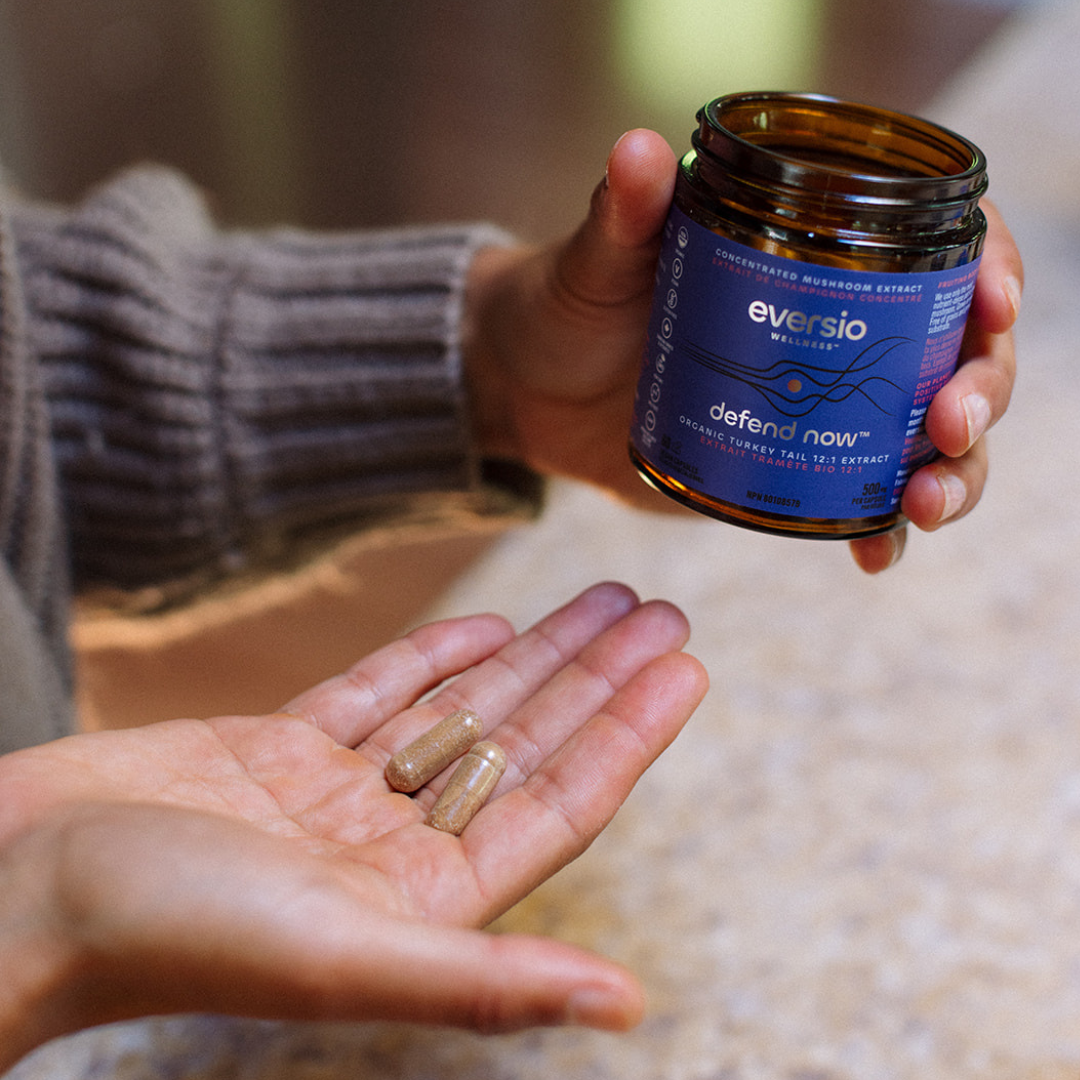
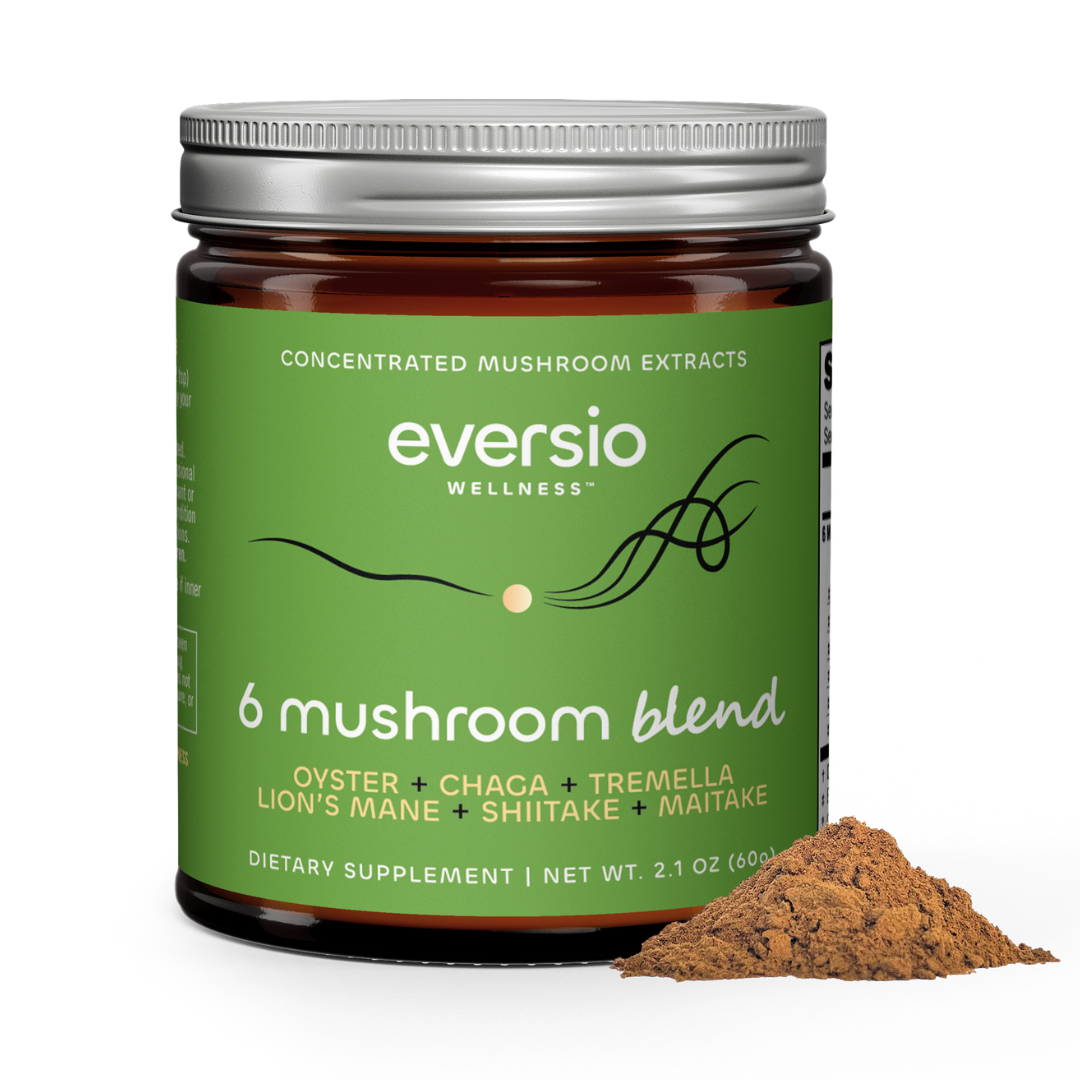
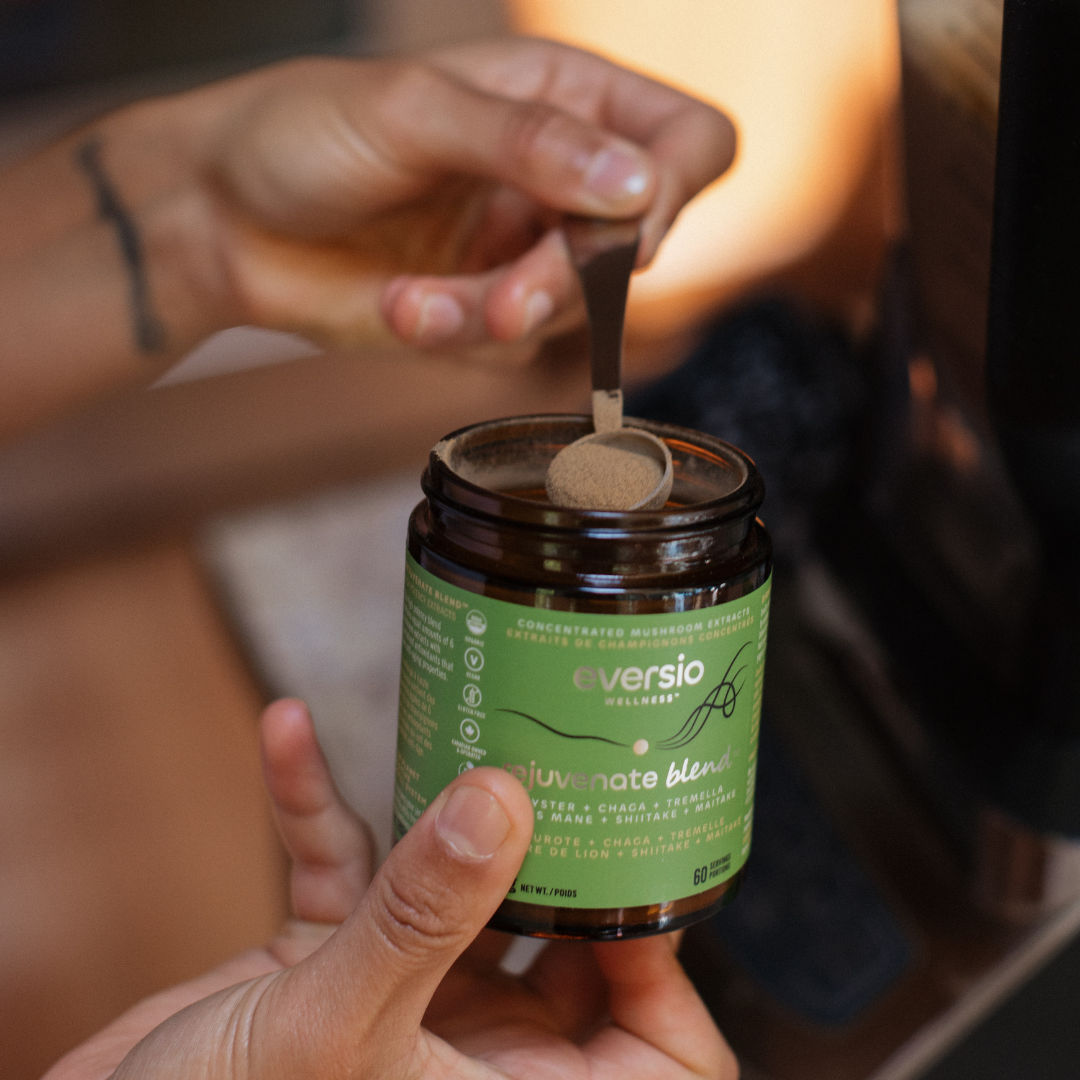
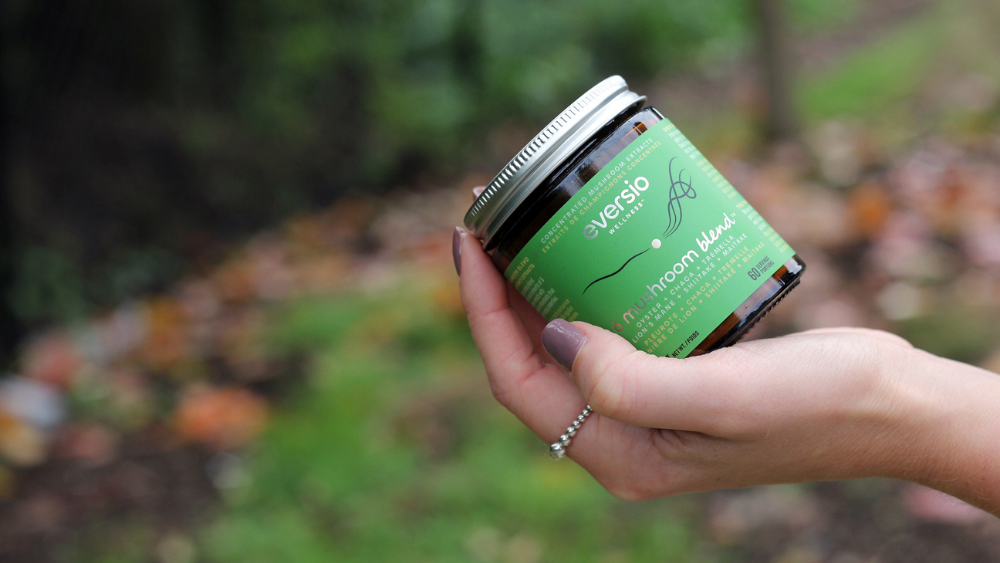







Leave a comment
This site is protected by hCaptcha and the hCaptcha Privacy Policy and Terms of Service apply.